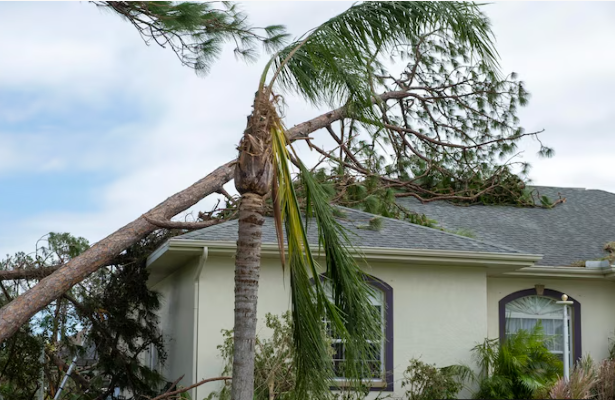Knowing what is and isn't covered for wind-related losses is essential when it comes to homeowners insurance, particularly in areas like Texas that regularly have severe winds and storms. Although many plans cover wind damage generally, some exclusions and restrictions apply.
Damage in High-Risk Areas
In coastal and high-risk areas prone to hurricanes and tropical storms, standard homeowners insurance policies often exclude wind-related damages. Instead, homeowners in these regions may need to purchase separate windstorm insurance policies through entities like the Texas Windstorm Insurance Association or TWIA to ensure coverage.
Pre-Existing Damage or Wear and Tear
Damage caused by pre-existing issues, such as an aging roof or improperly maintained property, is typically excluded. If a roof is already weakened due to wear and tear, insurance companies may deny claims for wind-related damages, citing a lack of proper maintenance as the primary cause.
Flooding and Water Intrusion
While wind damage itself might be covered, resulting in water damage caused by flooding, storm surges, or water entering through a damaged structure is often excluded. Homeowners would need separate flood insurance policies to cover these types of damages.
Debris Removal Costs
While policies might cover damage caused by fallen trees or debris during a windstorm, they may exclude or limit coverage for the costs associated with removing that debris. Homeowners should carefully review their policy for specifics on debris removal.
Damage Caused by Negligence
If the insurance company determines that wind-related damage occurred due to negligence, such as failing to secure loose objects or repair known vulnerabilities, the claim may be denied. Insurers expect homeowners to take reasonable precautions to prevent or minimize damage.
Certain Types of Personal Property
Coverage for personal property damaged by wind may also have exclusions. High-value items such as jewelry, artwork, and collectibles might not be fully covered unless additional endorsements are purchased.
Additional Structures
While the main dwelling is usually covered, wind damage to detached structures like sheds, fences, or gazebos may have limited or no coverage under standard policies.
Conclusion
Understanding the limitations of your homeowner's insurance policy is essential to ensure you have adequate protection against wind-related damages. Carefully review your policy's terms and consider supplemental coverage, such as windstorm or flood insurance, to fill any gaps. Proactive measures, like regular maintenance and securing vulnerable areas, can also help avoid claim denials.






